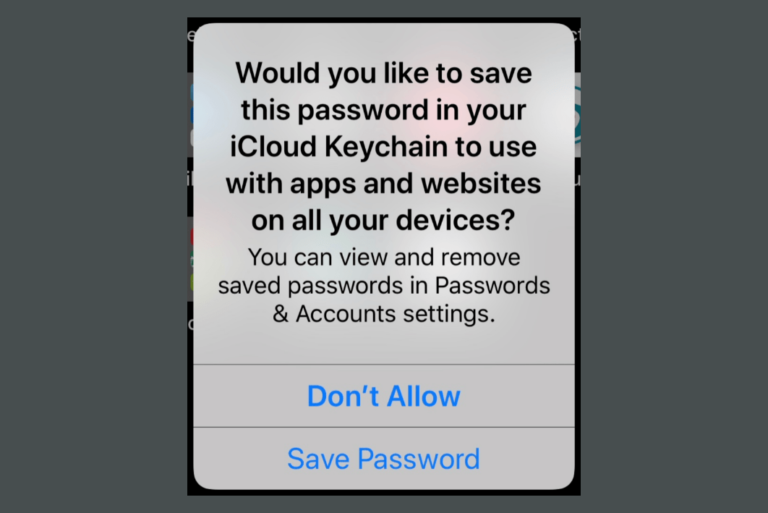Heart Rate Variability on Apple Watch, What is Normal or Good?
If you own an Apple Watch, you may have noticed a measurement called Heart Rate Variability. You can view your Heart Rate Variability data in the Health app on your iPhone. When you look at this data in the Health app, there is an “About Heart Rate Variability” section you can read; unfortunately, this section doesn’t tell you much other than the definition of Heart Rate Variability.
In this article, we will discuss how the data is gathered, how to view the data, summarize what it means for your health, list some factors that affect Heart Rate Variability and give some tips on what you can do to change yours.
Quick disclaimer: This article is not meant to be taken as medical advice. If you have any concerns regarding the topics in this article, you should consult a medical professional.
Using the Heart Rate Variability on Apple Watch
What is Heart Rate Variability?
Heart Rate Variability (HRV) measures the variation in the time between heartbeats. It can sometimes indicate health problems like heart conditions or mental health issues.
Most people are familiar with how their heart rate changes depending on the activity; it is higher when you are working out and lower while sleeping. So heart rate is how many times your heart beats every minute. Heart Rate Variability looks at how the time between beats changes.
Viewing your Heart Rate Variability data
You can view your HRV data in the Health app on your iPhone.

- Open the Health app on your iPhone.
- Tap on Browse, then type HRV in the search field and tap on the Heart Rate Variability result.
- You can check the trends by tapping on D, W, M, 6M or Y tabs to check day, week, month, 6-month and year graphs.
- If you like, you can scroll down to view the data. Tap on Show All Data or Show All Beat-toBeat Measurements to see more detailed data.
The accuracy of Heart Rate Variability on Apple Watch
Like many of the health monitoring features of Apple Watch, you may wonder how accurate the HRV measurements are. The short answer is: Not as accurate as data gathered from an EKG at your doctor’s office. Roughly, the HRV measurements from your Apple Watch can give you an indication of what your HRV looks like, and more measurements mean greater accuracy.
Tip: You can force your Apple Watch to take an HRV reading by completing a Breathe session in the Mindfulness app on your watch.
Low Heart Rate Variability vs High Heart Rate Variability
Your heart rate varies to meet the needs of your body and is affected by your respiration. There are things that can affect your HRV, like certain medications and pacemakers. HRV generally decreases with age.
What it means for your health
A higher HRV is a sign that your body has a greater capacity to adapt to stress, both physical and mental. A higher HRV is associated with happiness and lower stress.
A lower HRV may mean that your body is less resilient and can not adapt as well to evolving situations. A low HRV can be associated with a higher resting heart rate. With a higher heart rate, the time between beats is shorter, and so with fewer milliseconds of time between each beat, the differences between these time gaps will likely also be smaller in terms of milliseconds. High heart rate and low HRV can be associated with diabetes, high blood pressure, arrhythmia and mental health issues such as anxiety and depression.
What is a good Heart Rate Variability?
Unfortunately, there is no clear answer here. We know that HRV generally decreases with age and that a higher HRV is associated with a greater capacity to adapt to stress, and a lower HRV is associated with a lower capacity. However, HRV numbers vary greatly among individuals.

That said, a personal goal may be to increase your HRV.
What you can do to increase your Heart Rate Variability
There are a few basic ways one can improve their HRV:
- Exercise: Exercise keeps your heart in shape and can increase your HRV.
- Diet: A good diet will go a long way to improving your overall health, including your heart health.
- Stress management: Managing stress and addressing anxiety and depression issues can help improve your HRV.
If you want to go beyond the basics listed above, you may want to try biofeedback training. This method helps you learn to control your breath and can help improve your HRV, and can also aid in stress reduction.
There are also a few third-party apps available on the App Store that give you more control of and insight into your HRV, such as Elite HRV.
Related articles




